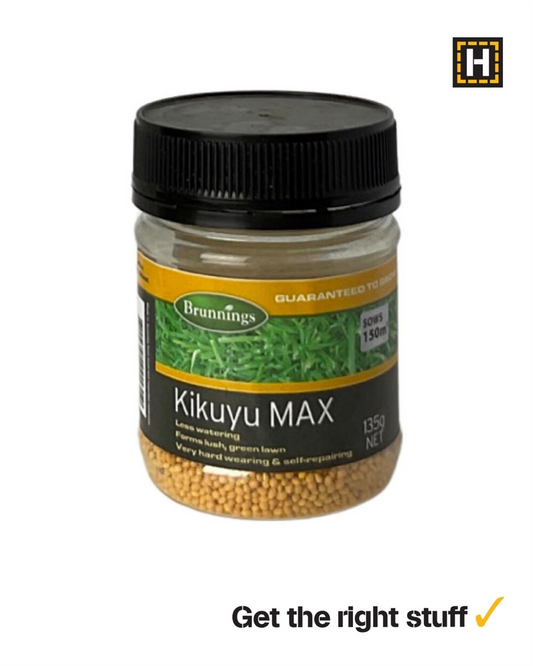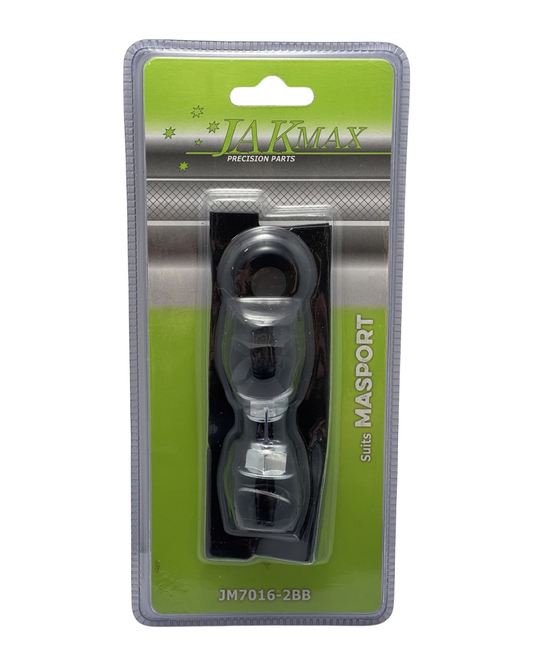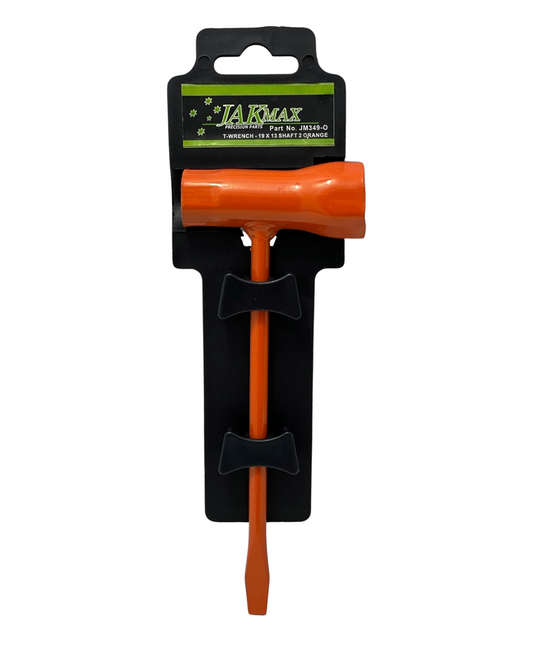Brunnings says mulch is magic—but what if your plants still wilt? Here's the missing piece.
Share
Low-water doesn’t mean low-lush: how to nurture a thriving garden in dry times
80% of backyard watering is wasted, according to the South Australian Department for Environment and Water. That’s the strange truth: most of us use more water than we need—and still end up with patchy lawns and wilting herbs.
But when you understand how plants actually drink and thrive, things shift. Suddenly your garden gets greener, your water bill gets lighter, and the hose only comes out when it needs to.
So, what’s the secret?
It starts beneath the surface—literally.
Old habits die thirsty
For years, many people watered their gardens daily. Hose in hand, spraying over the top like a summer sprinkler. Then wondering why the basil turned floppy by week’s end.
But in South Australia’s warm, thirsty climate, watering smarter—not more—is the trick. Shallow watering evaporates quickly, and overwatering can waterlog roots. The goal is to encourage deep root growth and strong soil health, so your plants have resilience when it’s dry.
Try this: Water less often, but deeper
Instead of sprinkling daily, give your garden a thorough soak 2–3 times per week in the cooler hours of the early morning.
Pro tip: Stick your finger into the soil up to the second knuckle. If it’s dry at that depth, it’s time to water. If not, hold off. The roots will thank you.
Soil: the unsung hero of water-wise gardening
Bad soil is like a leaky bucket—no matter how often you fill it, the water doesn’t stay. Good soil, on the other hand, holds moisture like a sponge and keeps nutrients where your plants need them.
Here’s what helps:
- Add compost and organic matter. Think aged manure, mushroom compost or home scraps. These improve water-holding capacity over time.
- Use soil-wetting agents in problem spots. If you’ve got areas where water runs off instead of sinking in, a good quality soil wetter can make all the difference.
- Top it off with mulch. A 5–7 cm layer of mulch reduces evaporation, regulates soil temperature, and makes your garden look neat and cared for. Sugarcane, pea straw or bark chips are all solid choices.
Make the most of what you’ve got
Water is precious, but small changes go a long way. Here are a few everyday tweaks to help every drop count:
- Install a simple tap timer. It takes 2 minutes and ensures you never forget to turn the hose off again.
- Capture rainwater. Even basic rain barrels under gutters can collect enough to top up pots or give the veggie patch a drink.
- Re-use where possible. Leftover water from washing veggies or half-used drink bottles? Straight into the garden instead of down the drain.
- Group plants by thirst. Keep drought-tolerant natives together, and your water-hungry herbs in one spot. It makes it easier to water each area appropriately.
Plant smarter, not harder
Some plants need more water. Others will practically survive a drought with a polite sip. If you want a lush garden that doesn’t rely on constant watering, start with plants suited to our South Aussie conditions.
Local favourites for low-water success:
- Kangaroo paw – Colourful and hardy, they thrive in full sun.
- Lavender – Fragrant, drought-happy, and beloved by bees.
- Rosemary and thyme – Mediterranean herbs that flourish with minimal fuss.
- Grevillea – Gorgeous native varieties that attract birds and don’t beg for daily drinks.
“Water-wise doesn’t mean wild and scrappy. You can still have structure, colour, even a bit of whimsy – just built on smarter foundations.”
— Candeece, local garden guide at Strathalbyn H Hardware
Even pots can play along
Pots naturally dry out faster. But that doesn’t mean you need to stand over them with a watering can four times a day (who's got the time?).
Here’s how to beat the heat – even in container gardening:
- Choose bigger pots. More soil = more moisture retention.
- Use water-saving potting mixes designed for Aussie summers.
- Add crystals or water gel beads to lock moisture in.
- Cluster pots together for a shady microclimate that reduces evaporation.
The shift: from 'should I be watering?' to 'I know exactly what works here'
It’s not about doing more for your garden—it’s about doing it right. Choosing plants that thrive, soil that supports, and watering habits that work with the weather, not against it.
In the process, you save time, reduce waste, and get that quiet satisfaction of looking out at healthy green life—knowing the hose didn’t carry the entire weight.
The final nudge?
Your garden won’t remember how often you watered—it will remember how well you did.
Until next time, happy watering (the smart way),
Candeece
 Stay Connected
Stay Connected
Join our gardening community on Facebook: Urban Gardener's Notebook
And follow our Store Facebook Page: Strathalbyn H Hardware on Facebook









